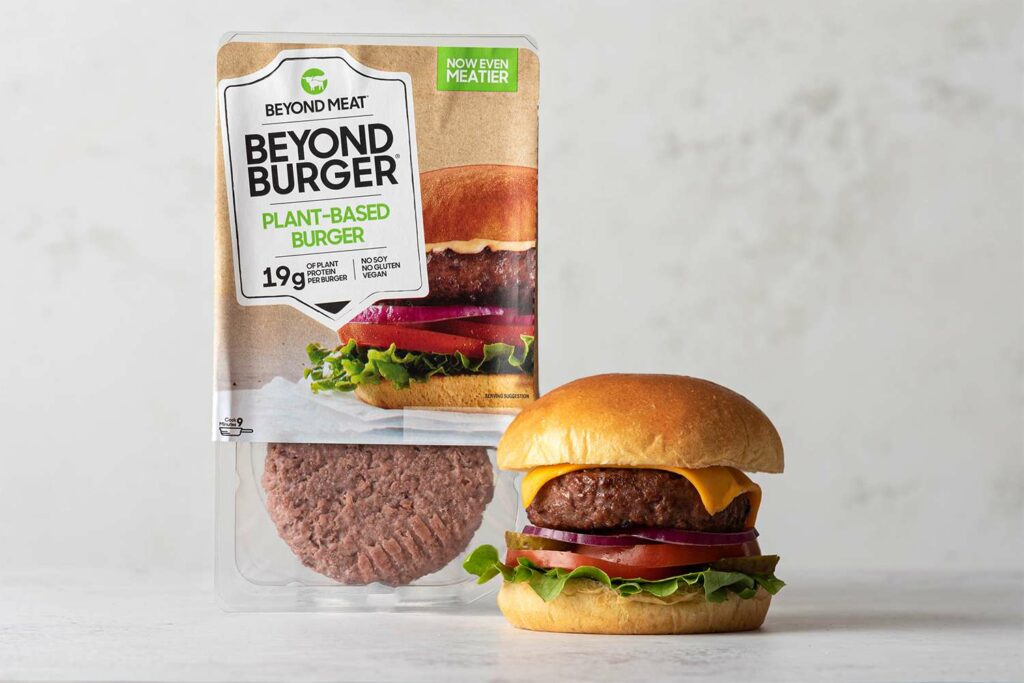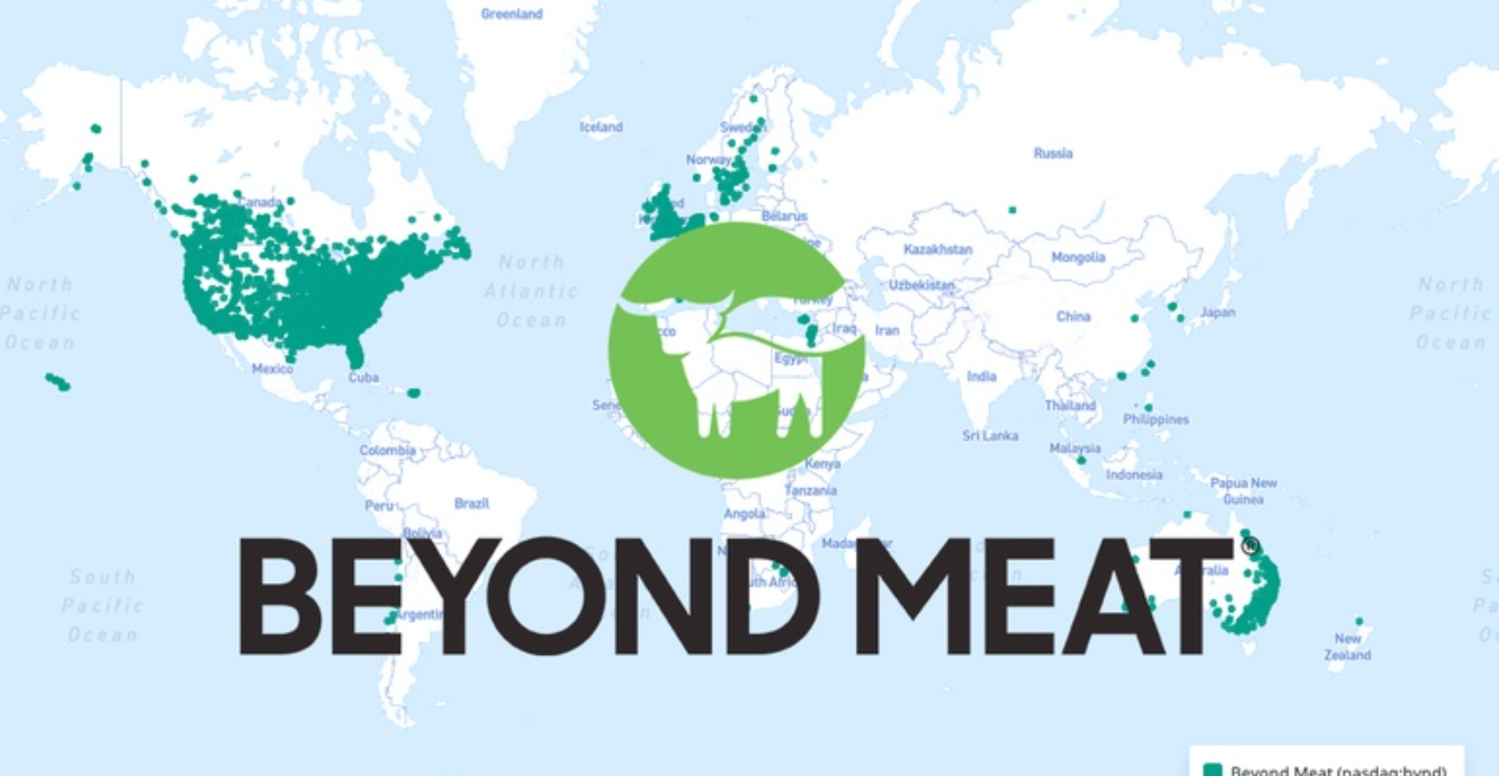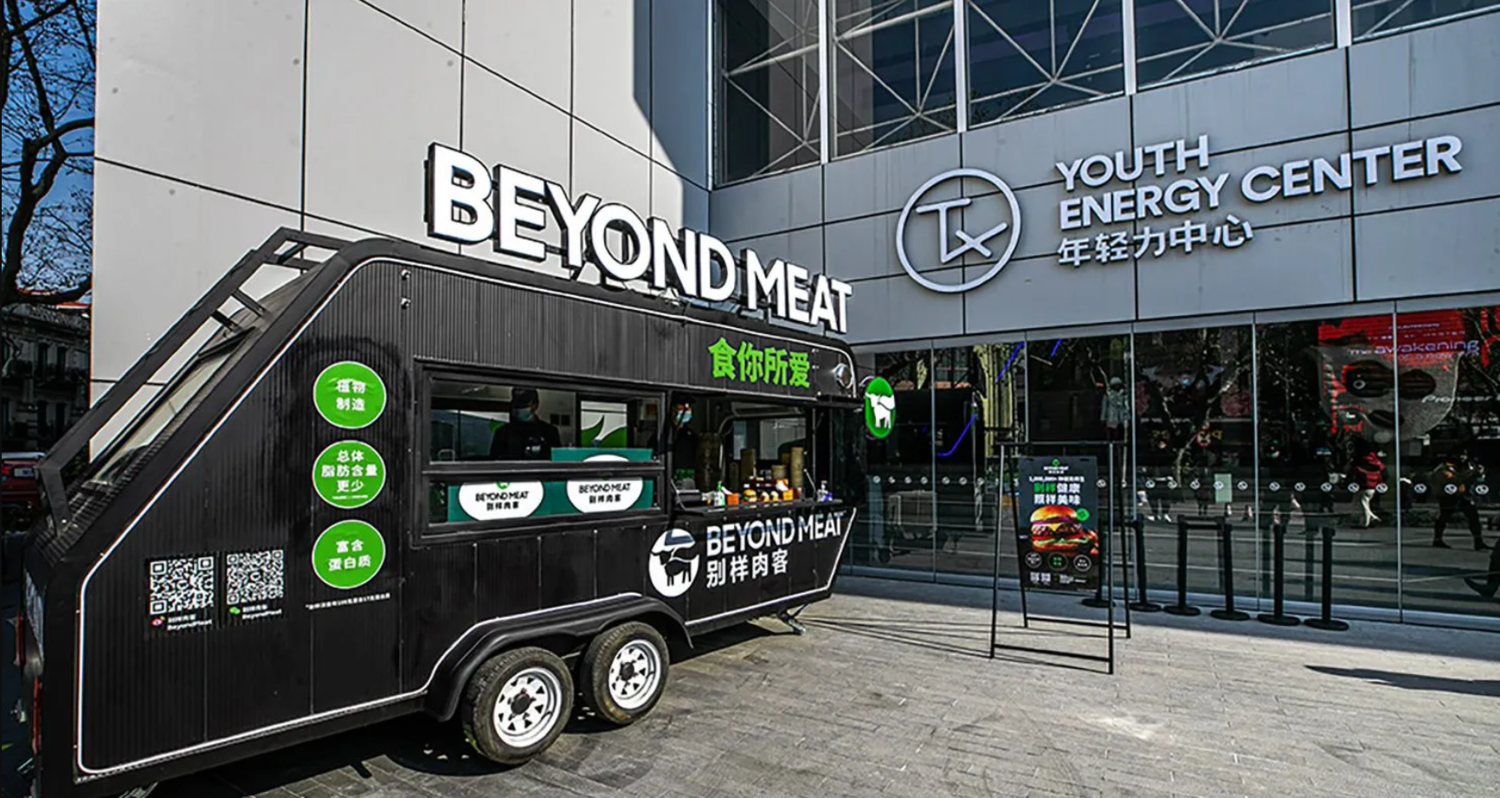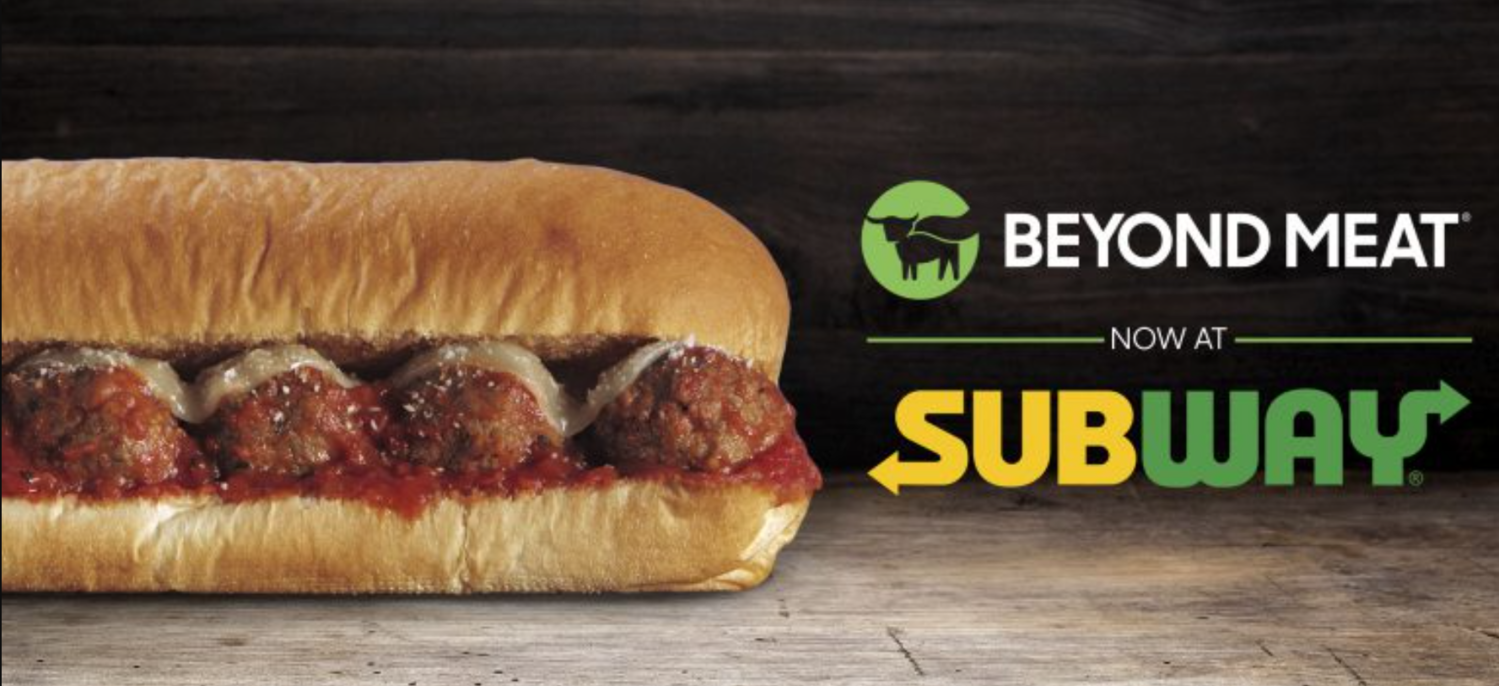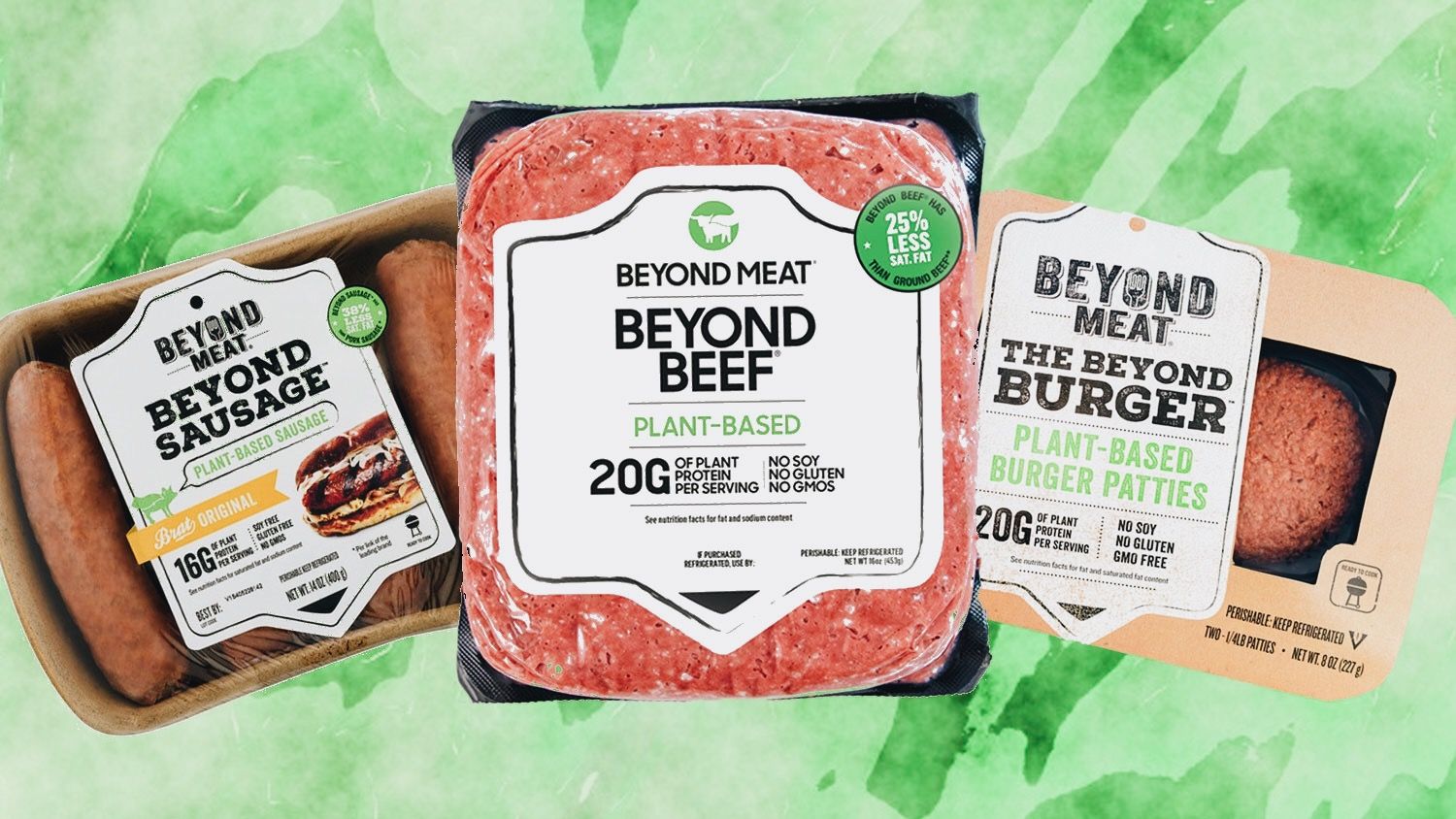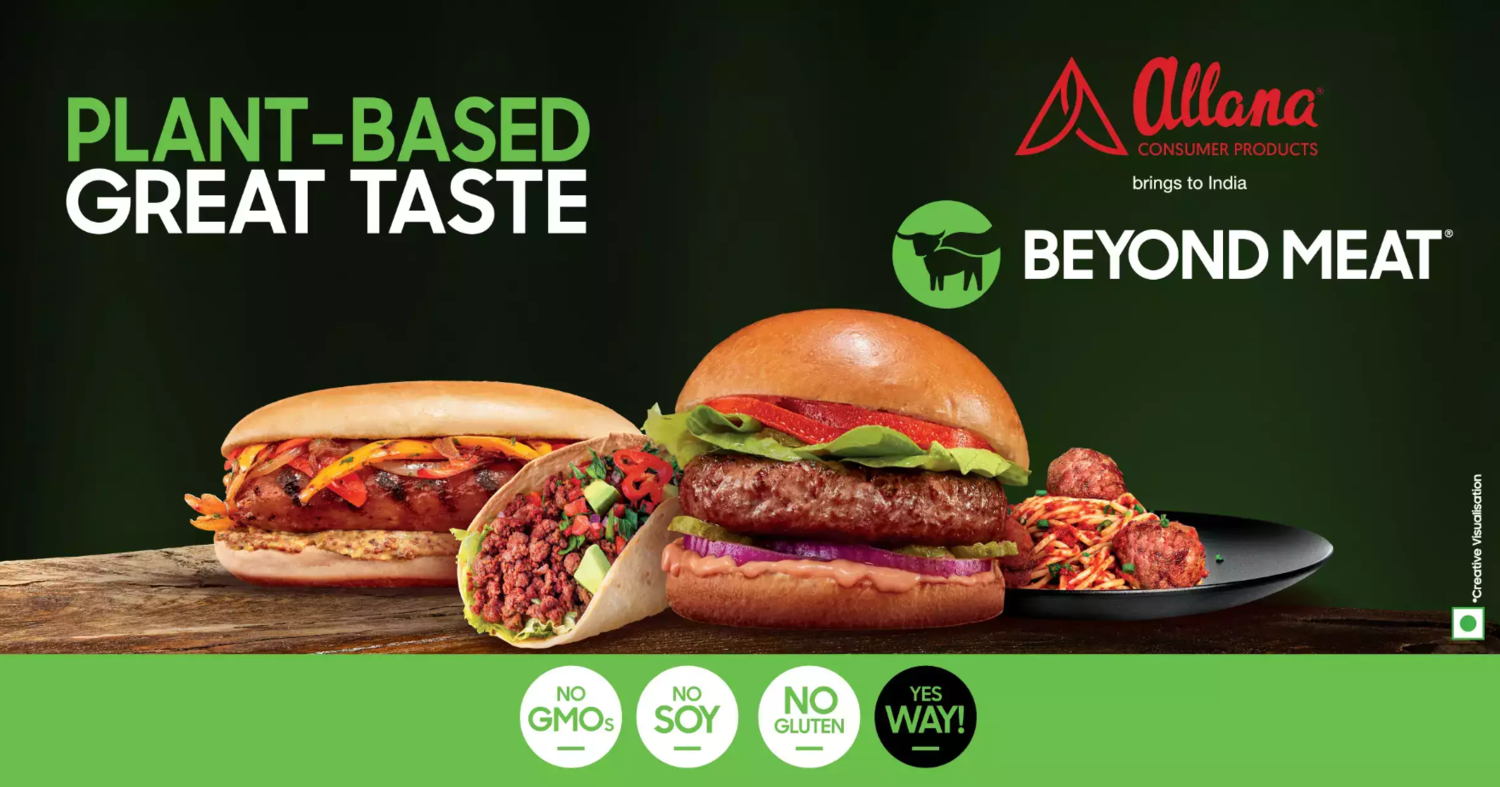One of the food businesses in the US with the quickest growth is Beyond Meat. Examining the firm’s internal and external operations is necessary for the SWOT analysis of Beyond Meat. We’ll talk about the Beyond Meat SWOT analysis in this article.
Learn more about the Beyond Meat SWOT analysis by reading on.
Visit: Beyond Meat
Beyond Meat SWOT Analysis
Here is a Beyond Meat case study and SWOT analysis.
Strengths
Here are the strengths of Beyond Meat’s SWOT analysis.
Product creativity
Beyond Meat is renowned for its inventive goods that closely resemble animal-derived meats’ flavor, appearance, and nutritional characteristics. The firm can continuously enhance its interests and roll out fresh ideas through its patented innovations and ongoing scientific and technological initiatives.
Brand awareness
A powerful brand identity that is connected to effectiveness, ecological responsibility, and wellness has been developed by Beyond Meat. The firm has drawn customers and increased its clientele because of this brand awareness.
Strategic Alliances
Strategic alliances between Beyond Meat and well-known businesses like Yum! Brands, PepsiCo and McDonald’s have been formed.
These partnerships have broadened the business’s customer base and raised customers’ consciousness, giving Beyond Meat a competitive advantage and company options for collaboration and creating new products.
See also: Pepsi’s Marketing Strategy: 5 Things We Can Learn From Pepsi
A Wide-ranging Transmission Network
Items from Beyond Meat are sold in various retail locations, such as grocery stores, club stores, and healthy food shops. Furthermore, the firm has partnered with eateries and fast-food franchises to increase its availability and existence.
Appeal for Environmental and Medical
Awareness of plant-based meats has increased due to rising buyer desire for nutritious and environmentally friendly alternatives. Beyond Meat solves these issues by providing healthier goods that have less impact on the surroundings than conventional meat-based goods.
The Worldwide Expansion
Beyond Meat has effectively increased its market share in foreign areas, such as Asia and Europe, enabling it to reach more potential customers and profit from expanding meat substitutes made from plants worldwide.
First-mover Benefit
Being a leader in the plant-based meat sector has given Beyond Meat unique market knowledge, connections to important players, and a devoted client base that gives it an edge over its rivals.
Read also: Comprehensive SWOT Analysis of Domino’s Pizza
Weaknesses
Here are the weaknesses of Beyond Meat SWOT analysis.
High Costs
The prices of Beyond Meat’s goods are typically more significant than those of conventional meats and certain rival plant-based substitutes. This price premium may limit the business’s attractiveness to customers concerned about costs.
Production Potential
As the demand for plant-based meat substitutes expands, Beyond Meat might need help expanding manufacturing to keep up with the need, which could cause supply shortages and limit its capacity to seize business opportunities.
Using Fewer Protein Sources
Mung bean, grain, and pea proteins are the primary protein sources of Beyond Meat’s foods. The business may be more exposed to food supply chain interruptions or price changes due to its dependence on several protein sources.
Competition
Impossible Foods and the other new companies producing traditional and plant-based Meat are severe rivals of Beyond Meat. Pricing wars, a decline in market share, and a strain on revenue margins could all result from a rise in rivalry.
Regulatory Obstacles
The sector for plant-based Meat may come under greater oversight and supervision as it develops, which might impact Beyond Meat’s goods labeling, advertising, and general business activities.
Opportunities
Here are the opportunities for Beyond Meat SWOT analysis.
Development of New Products
To develop fresh plant-based goods that satisfy varied customer interests, nutritional needs, and local tastes, Beyond Meat remains able to make investments in development and research. It might aid the business in diversifying its products and reaching out to more people.
Growth in New Territories
Beyond Meat can expand into fresh markets, particularly in areas with a rising demand for environmentally friendly alternatives to Meat and plant-based diets. Increasing its footprint in the Americas, Africa, and Asia may present excellent development prospects.
Strategic Partnerships
Expanding the ways it sells and reaching more customers can be accomplished by Beyond Meat with fresh collaborations with sellers, food service firms, and other industry members.
Inventory Management
Beyond Meat might invest in streamlining its supply chain for increased productivity, lower expenses, and fewer possible delays. It can entail growing manufacturing capacity, installing cutting-edge inventory management networks, and obtaining materials from various vendors.
Initiatives for Sustainability
Beyond Meat may further solidify its dedication to sustainability by integrating green practices into every aspect of its business, such as cutting trash, saving power, and supporting legitimate suppliers. These programs may help the business project a more positive image to the public and attract customers who care about the surroundings.
Education and Advertising
Beyond Meat can spend money on education for customers programs and advertising efforts to dispel myths regarding plant-based meats, highlight the advantages of its goods for human wellness and ecology, and broaden consumer acceptability.
Threats
Here are the threats of the SWOT analysis of Beyond Meat.
Client Perception
Client acceptability and the expansion of the food sector could be hampered if consumers believe that plant-based meat substitutes are excessively refined or less healthful than regular meat products. Advertising and innovative products have to tackle these issues if Beyond Meat is to succeed in the future.
Regulatory Environment
Rising business inspection and regulations may impact Beyond Meat’s goods labeling, advertising, and business activities. The firm’s future growth depends on its ability to respond to new rules and challenges.
Chain of Supply Risks
Beyond Meat may be sensitive to supply chain interruptions, price changes, or product shortfalls due to its dependence on a constrained selection of sources of proteins and providers. To reduce these hazards, a more diverse supply chain and approach to sourcing are essential.
Financial crises
Financial crises can affect customer purchasing of upscale goods like vegetarian meat substitutes. During financial problems, decreased customer demand may harm Beyond Meat’s revenue and expansion.
Challenges with Intellectual Property
For Beyond Meat to maintain its edge over its rivals, it is essential to safeguard its secret technology, recipes, and manufacturing methods. Yet, if the industry grows fiercely competitive and fresh competitors appear, the business may need help protecting its intellectual property.
FAQs
What is a SWOT analysis for Beyond Meat?
Being one of the major food processing businesses, Beyond Meat is famous for its vegan meal substitutes. The Beyond Meat SWOT analysis can provide information on the strengths and weaknesses that have contributed to the company's financial situation.
What drives Beyond Meat's market share growth?
Due to worries about the well-being of humans, ecological sustainability, and the well-being of animals, there is a rising need for plant-based meat substitutes on an international level.
Who performed the SWOT and PESTLE study for Beyond Meat?
Abhishek Venkat Sai Gurajala has conducted a SWOT and PESTLE study of Beyond Meat.
What is the focus approach of Beyond Meat?
To substitute Meat in the eating habits of individuals, Beyond Meat concentrated on developing 'meat' that's not indeed Meat but tastes identical to real Meat.
Conclusion
We hope this post about Beyond Meat’s SWOT analysis is helpful. Beyond Meat must constantly react to the shifting economic climate to stay competitive. When operating costs are cut, client complaints about product quality are addressed, and its financial condition in general is improved, the firm can fuel commercial development.
Check this out: Liquid Death Marketing Strategy: How Did It Win?

